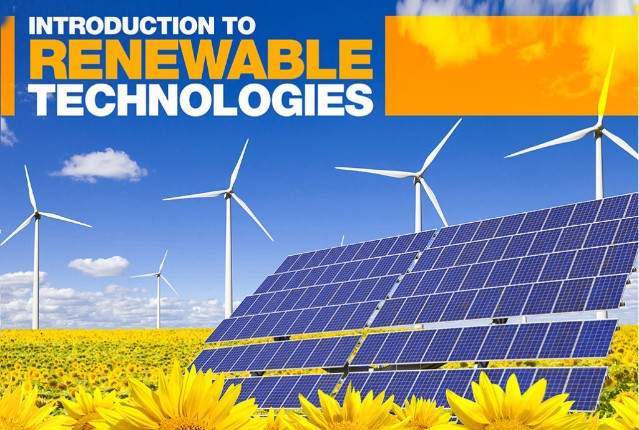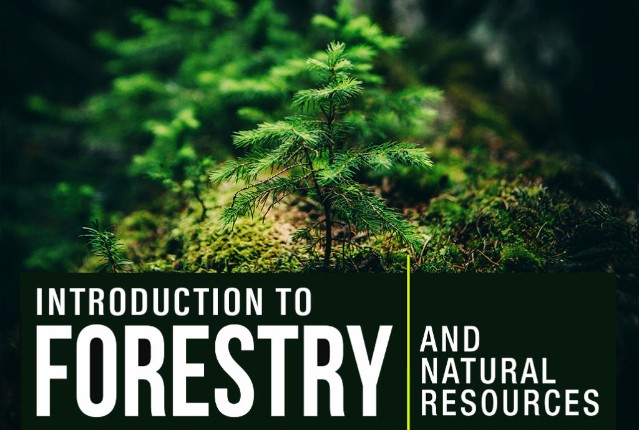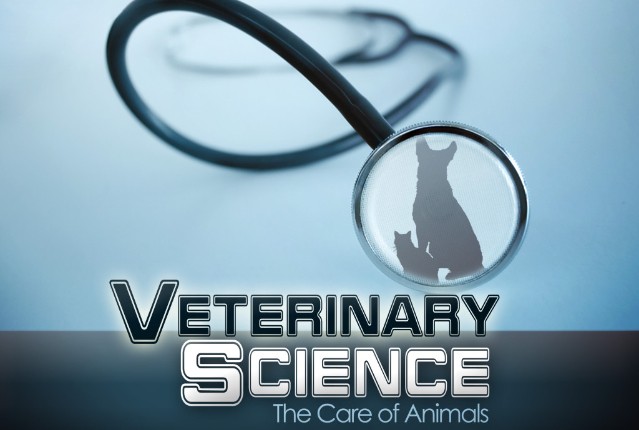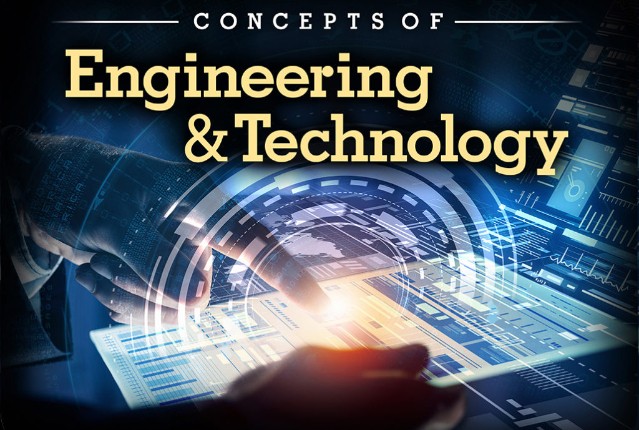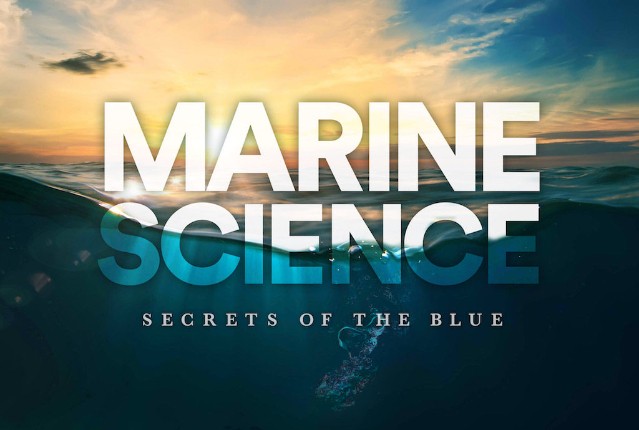How are your lights, cell phones, and water heaters powered? Every time you turn on a light or make a call, you may be using power from a limited source that emits pollutants. Or perhaps the power comes from a clean, replenishable source. In the United States, there is a 93 percent chance you are using energy from a nonrenewable energy source. Nonrenewable energy sources include coal, oil, and natural gas. Eventually they run out. Renewable energy sources come from sources that will not run out. They either replenish through a natural process or come from a source with an infinite supply. These might be sunlight, wind, rain, tides, waves, and the earth’s natural heat. In this unit, you’ll learn about renewable energy technologies and why they are important. You’ll also learn about the history of renewable energy technologies. Finally, you’ll look at some of the countries making a difference by using renewable energy.
What will you learn in this unit?
- Define renewable energy technologies.
- Identify different kinds of renewable energy technologies.
- Defend reasons for developing and using renewable technologies.
- Recount the history of renewable energy technologies.
- Describe where and how renewable energy is currently used globally.
